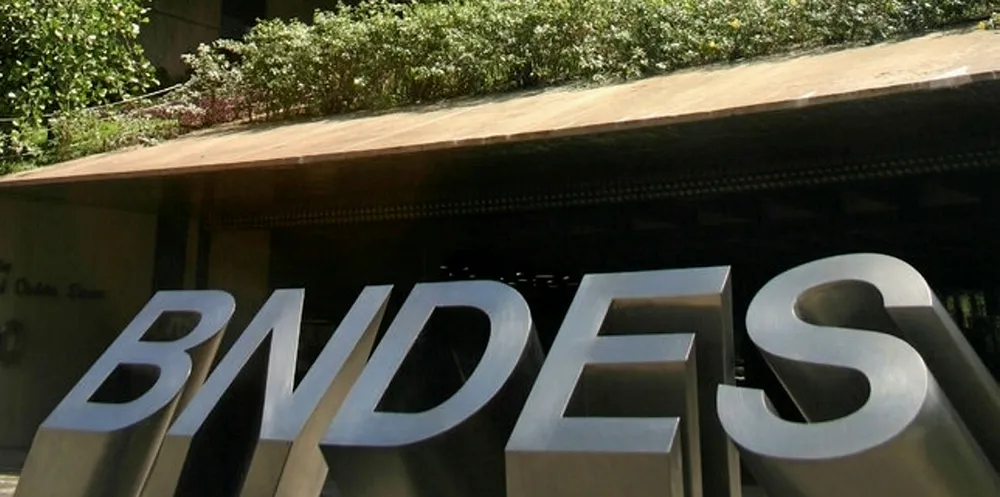Brazil set to ease local content rules for wind turbine makers
As they upgrade to larger turbines, OEMs believe move would enable them and their supply chains to become more competitive in global markets

Brazil’s National Development Bank (BNDES) is ready to ease local content rules in order to cheapen wind turbine assembly in the country, chief executive Joaquim Levy said at the Brazil Windpower 2019 conference.
“Local content rules are not forever, there comes a time they have to end,” he told an audience of investors, project developers, supply chain executives and other industry officials.
Jair Bolsonaro, the country’s new president, is adopting market-oriented economic policies and has given Levy the task of streamlining the bank to make it more efficient and responsive, while allowing greater private participation in financing energy projects.
Levy underscored that theme by saying while BNDES will continue to finance wind power there was room to make local content rules less rigid.
“The big test are exports: if you can export it means you are competitive. But we have to look at is whether local content creates an excessive cost to final consumers,” he said.
His comments come as global OEMs, which invested in local assembly plants to comply with the BNDES 2013 local content rules, are starting to upgrade to turbines of 4-5MW nameplate capacity or higher from 2MW.
This trend requires the supply chain to also invest to produce bigger components of later generation design and technology and talks on a timetable for doing this are underway with OEMs.
Some OEMs argue that local content rules are a burden for consumers by raising the cost of electric power rates. “The government imposes a brutal cost,” said Felipe Ramalho, country manager for the Nordex Group.
The supply chain is also reaching limitations for what it can deliver as turbines get larger. Some key components such as bearing rings are produced by a single source or two at most.
“When the turbine gets bigger, fewer suppliers will be able to comply,” said Rogerio Zampronha, Brazil and southern cone manager for Vestas. Some locally made components cost up to 300 times more than the equivalent available from China, he added.
Zampronha asserted that some local suppliers – he did not name them – have gotten very comfortable shielded by local content rules. “Some suppliers accommodated themselves and used the local content rules as a protection,” he said.
Nordex, Vestas and industry trade groups have initiated discussions with the federal government on ways to ease local content rules and are expected to meet on the issue with the new BNDES leadership early next month.
One wind industry proposal is to implement an import-export compensation mechanism.
“We will choose some components that can inserted in our global supply chain [and buy them in Brazil] and subsequently, for every US dollar exported, we will request freedom to import the equivalent value. This imported equipment could be accounted for as local content,” said Zampronha.
Although some investors are not tapping BNDES for financing, the bank is still important although less than the prior decade. Since 2010, BNDES has financed around 65% of the R$145bn ($36bn) invested by the wind industry in Brazil to build 15GW power capacity.
However, industry executives didn’t say which components could be chosen for such an import-export arrangement. Blades are one possibility. Aeris and Tecsis – both which are Brazilian owned – are currently exporting.
Siemens-Gamesa, GE, Vestas and Enercon’s Brazil unit Wobben Windpower, all have exported or helped their suppliers export when the Brazilian market faced a trough for lack of government tenders in the 2015-2017 period.
Zampronha believes that easing detailed local content rules is win-win as it would allow OEMS to slash costs and become more flexible in updating their technology, while the local supply chain would have global market access.
“The volume of components bought by Vestas globally is seven to eight times the size of the Brazilian market … at the end of the day we have to adapt to today’s world. We can’t rely on rules that were made seven years ago,” he asserted.
(Copyright)